Major Investment Destinations In India
Foreign companies must thoroughly familiarize themselves with India’s business landscape when planning their market entry or relocation strategies. The country is a federal set up, and state governments have authority in key areas of corporate law making, such as tax and labor.
Many states are renowned for incentivizing the inflow of foreign capital and have established manufacturing entities, set up demarcated zones, and carved out niche supply chain hubs.
However, beyond the attractive promises and incentives, foreign investors must be able to assess the on-the-ground situation, in practical terms. This includes a realistic understanding of the comparative performance between different regions and states as well as gaps between state planning and actual business support available, which will make the operation cost competitive.
In this article, we focus on various indicators of state performance and development in India, such as individual ease of doing business rankings, foreign investment inflow, state economy, industrial clusters, and governance standards, to highlight the top investment destinations in the country.
Ease Of Doing Business
To better support business, the Department for Promotion of Industry and Internal Trade (DPIIT) develops action plans for state reforms, with the goal to reduce the compliance burden on industries. These action plans have been implemented since 2015-16. States are ranked based on their level of engagement and implementation of these reforms.
The reforms are grouped into 12 broad areas, including land administration, labor regulation, obtaining electricity and water supply permits, environment regulation, etc. However, the rankings do not provide a complete picture for investors, as there are several other factors that impact investment decisions, such as labor quality, infrastructure, and finance, which are not compared in these rankings and due to which leading industrial states like Tamil Nadu and Maharashtra are left out of the DPIIT’s top rankings.
Below we indicate the top 10 states based on the ease of doing business rankings. We have also highlighted the states that feature the most in the top three rankings.
FDI
There is a mismatch between the states leading the ease of doing business rankings and the leading foreign direct investment (FDI) destinations in the country, as some states do not overlap. This indicates that there are additional factors considered by foreign investors when choosing a location.
The states with the highest cumulative FDI equity inflows from the year 2000 to September 2019 include Maharashtra, Delhi (including surrounding areas), Karnataka, Tamil Nadu, and Gujarat.
From October 2019, the sourcing FDI data based on the Reserve Bank of India’s regional office-wise data has been discontinued and replaced with state-wise data. Between October 2019 and December 2020, the same five states have held the highest share in the total FDI received by India.
State Of Governance
Good governance is a key component for the socio-economic development of a state, which is important to attract talent capital besides lowering costs. Good governance parameters encompass the delivery of essential services, such as education, healthcare infrastructure etc.
To assess the state of governance across Indian states, the federal government has developed an index called the Good Governance Index (GGI). The GGI takes into consideration the following 10 parameters: agriculture and allied sectors; commerce and industries; human resource development; public health; public infrastructure and utilities; economic governance; social welfare and development; judicial and public security; environment; and citizen-centric governance.
For our assessment, we will consider only the five following parameters:
- Commerce and industries: It covers indicators like ease of doing business, growth of industries, and growth of MSME enterprises. This assessment indicates the industrial supply chain that exists in the region – whether there are established networks of suppliers, level of competition, access to financial and other support mechanisms, industrial associations, etc.
- Human resource development: It focuses on the quality of education, retention rate at elementary school level, and skill training imparted. This is a key measure and informs the investor of the region’s talent deficit or surplus, areas of relative local competencies etc.
- Public infrastructure and utilities: This parameter covers access to power supply, energy availability against the requirement, and growth of per capita power consumption, all of which are essential when managing operating costs.
- Economic governance: This includes growth in per capita state GDP, fiscal deficit as a percentage of state GDP, ratio of state’s tax revenue receipts to total revenue receipts, and ratio of debt to state GDP. It indicates the state government’s fiscal liabilities and capital available, especially if there are key financial incentives being proposed or implemented.
- Judicial and public security: This focuses on the state of law and order and strength of legal institutions in the area, and includes conviction rates, disposal of court cases, and disposal of cases by consumer courts.
Based on the overall assessment, we can see that the following three states lead among all the states in the GGI rankings – Tamil Nadu, Gujarat, and Maharashtra (see following table).
State Economy
Here we compare the gross state domestic product (GSDP) and the average growth rate of the top 10 states in India (see following infographs).
Industry Output And Cluster Development
Although all states contribute to the country’s economic growth, only a few states account for most of the industrial output. Five states, namely, Tamil Nadu, Maharashtra, Gujarat, Uttar Pradesh, and Andhra Pradesh, account for more than half of the country’s total number of factories.
These states are major drivers of industrial output for the country due to several factors, such as supportive local governments and bureaucracies and well-developed industrial clusters that offer excellent support infrastructure, which creates a strong manufacturing ecosystem attractive to foreign investors.
To showcase the importance of these states, we have selected eight key industries and the major states with significant output share (see below).
What Are The Top Investment Destinations In India? Our Cumulative Assessment
In terms of a cumulative assessment, factoring in – the ease of doing business, FDI, economic growth, industrial output, cluster development, and governance quality, the following Indian states emerge as the top investment destinations for foreign investors: Gujarat, Andhra Pradesh, Maharashtra, Tamil Nadu, Karnataka, and the Delhi National Capital Region (which includes parts of the adjacent states, Uttar Pradesh and Haryana).
These regions will continue to be the major investment destinations in India in the foreseeable future due to their consistency in facilitating business and industrial growth as well as record of effective governance.
However, states such as Telangana, Madhya Pradesh, and Rajasthan are fast emerging as new competitors and offer feasible alternatives for investors.
Where To Locate Your India Investment
In addition to all the indicators highlighted in this article, several other factors need to be considered before finalizing investment plans in India. Different states prioritize different sectors based on their industrial policies and the strength of their industrial clusters.
Investors need to take a more targeted approach when considering a location to ensure they receive the maximum incentives from a particular state and are present in a location with a well-developed ecosystem that can support their operations.
Other factors, such as availability of skilled labor, average wages, state-level incentives, operating costs, and existing infrastructure are also key when investing in a diverse country like India. A cumulative assessment of all these factors will provide investors with a complete competitive picture of the states, allowing them to make informed decisions.




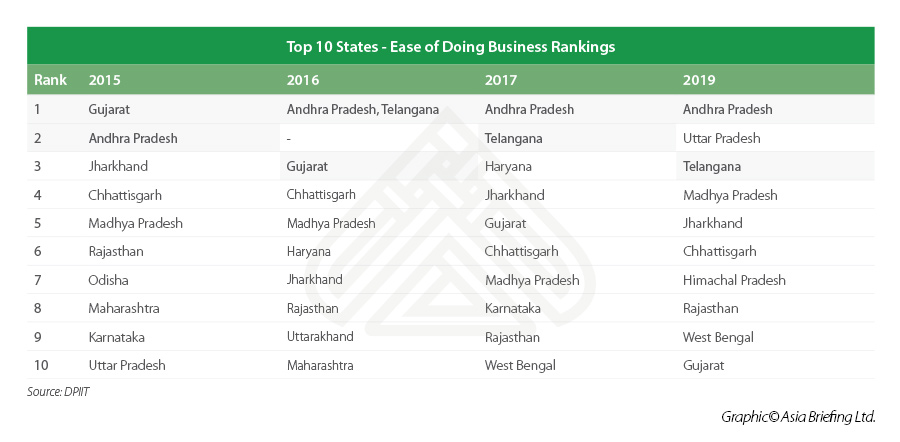
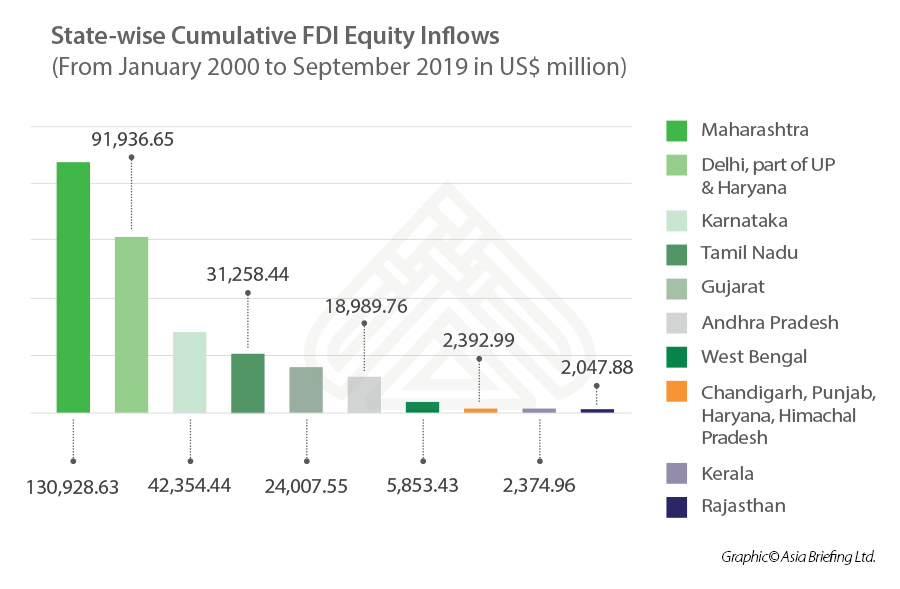

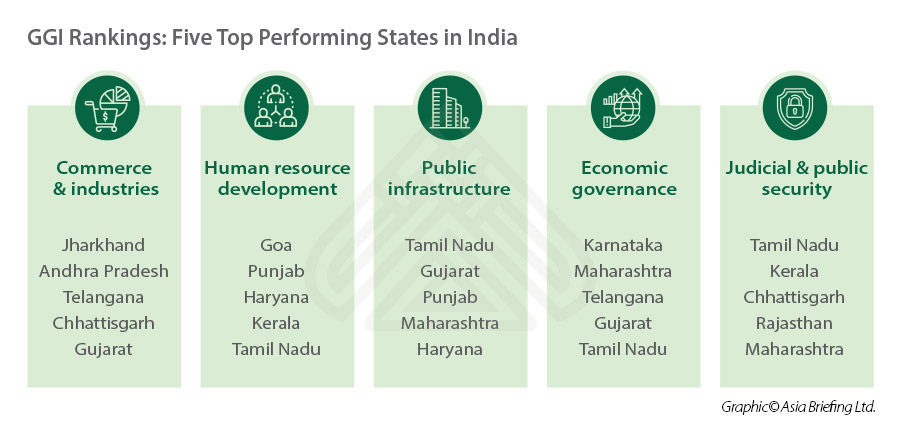
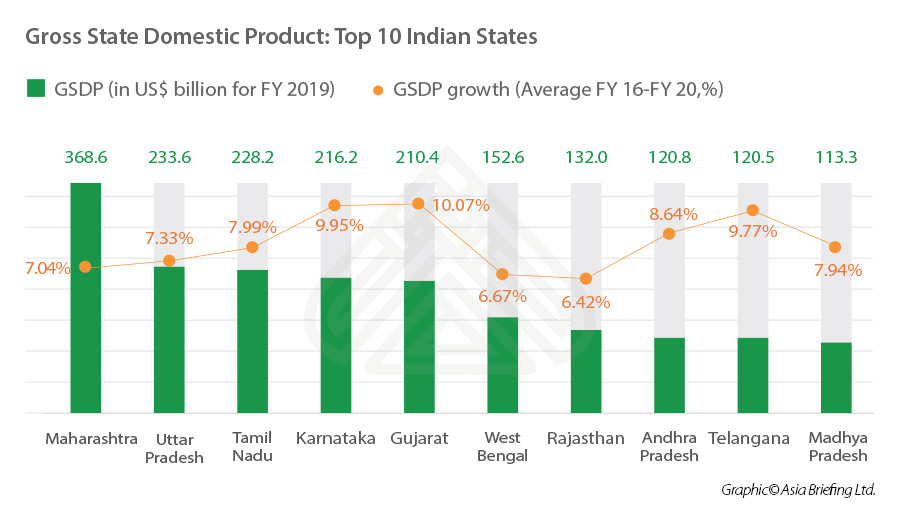
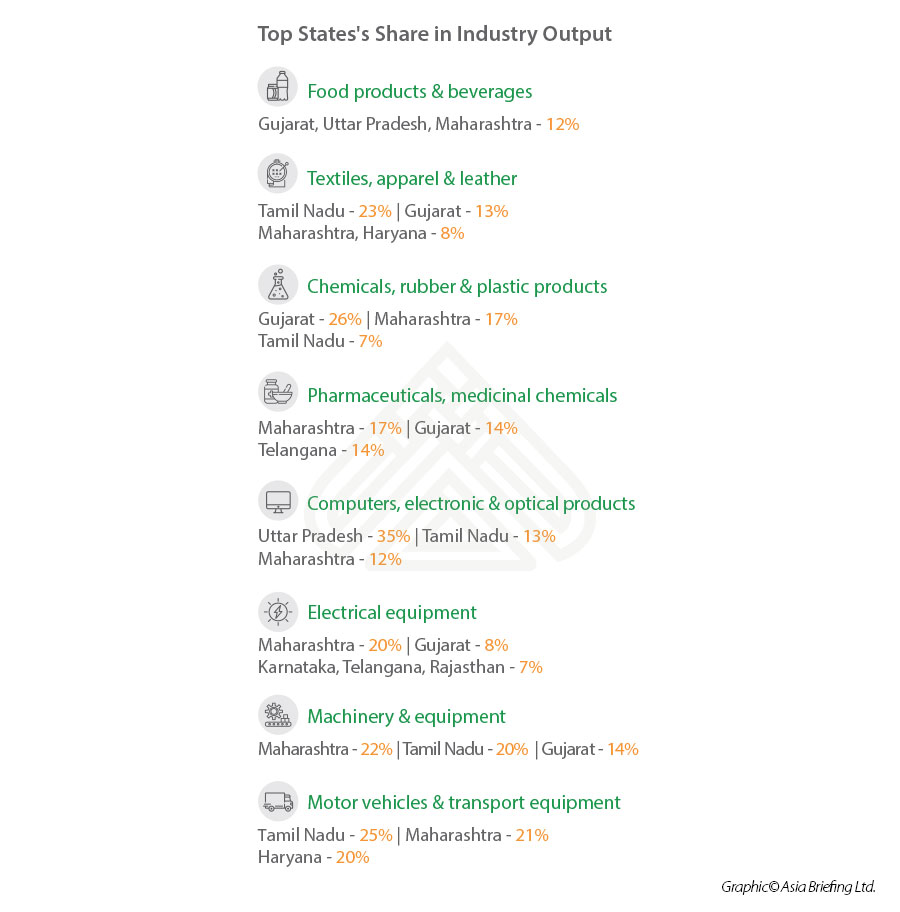
Comments